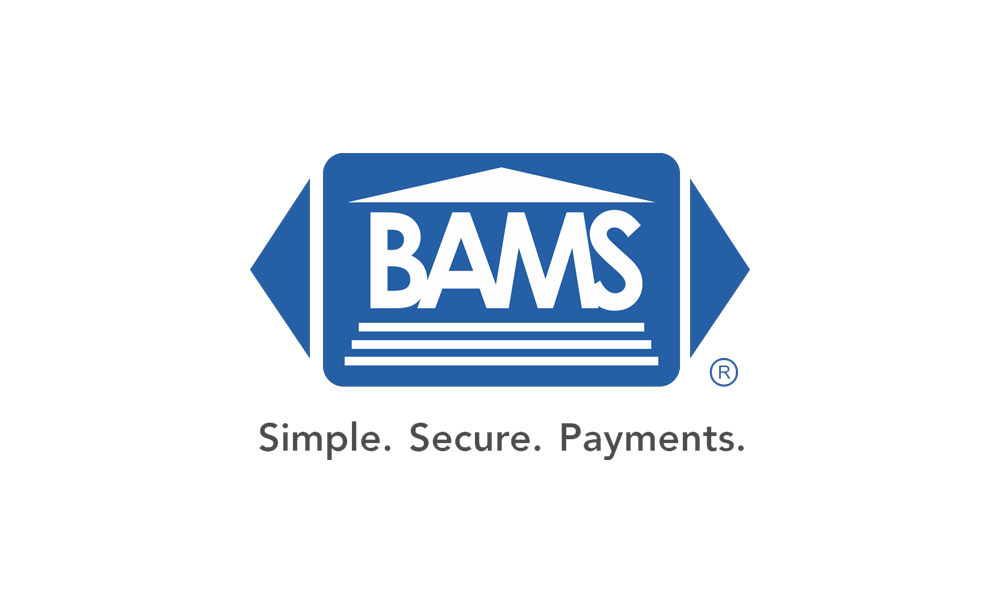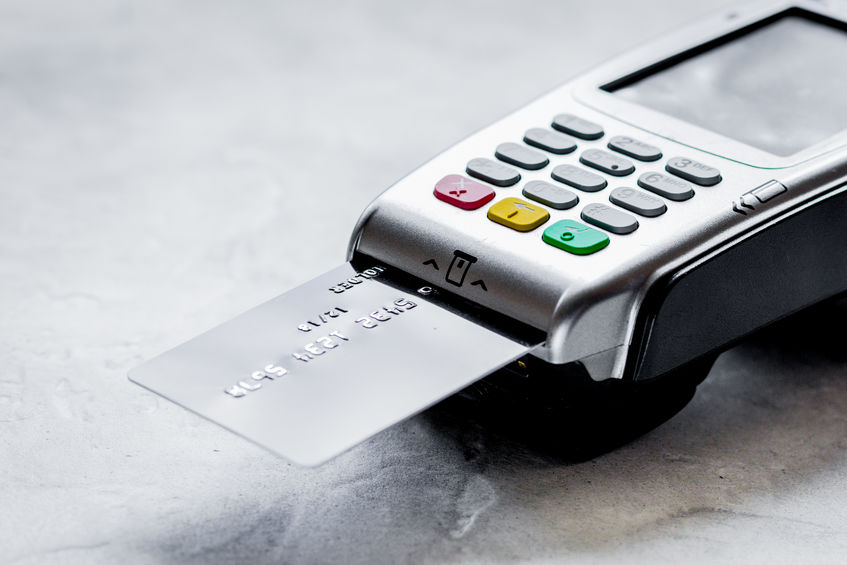What is an Ecommerce Payment Gateway?
Payment gateways are software tools that enable transaction processing by acting as the bridge between the end customer and a merchant’s payment processor. Every transaction – both online and off – goes through some type of payment gateway. In ecommerce, payment gateways provide everything from payment data encryption to two-way communication to fraud protection and much more. As such, they’re one of the most important parts of any ecommerce system.
What Happens in a Payment Gateway When an Ecommerce Customer Pays?
Payment gateways are at the core of payment processing, and each time a transaction is made, the gateway launches a complex process to ensure the transaction is safe, no fraud occurs, and the customer has the funds available to make their purchase. While the process is by no means simple, it is fast, often taking no more than a few seconds from start to finish.
Step 1: The Payment Gateway Accepts the Customer’s Payment Details
The checkout system on an ecommerce website is connected to the merchant’s payment gateway. When a customer checks out, enters their credit card, and presses submit, their payment information is sent securely to the payment gateway through the website’s SSL encryption. Once the gateway has the payment data, it becomes the hub through which all communication for the remainder of the payment process will flow.
Step 2: The Payment Gateway Secures the Customer’s Sensitive Payment Data
The security used to protect the customer’s data on its way to the payment gateway is good, but the security provided by the payment gateway is even better. Before the payment gateway transmits anything, it secures the customer’s sensitive payment and personal information even further, either using advanced encryption or, in some cases, a process known as tokenization. Tokenization swaps the customer’s data out for completely unrelated strings of data, known as tokens, which are impossible to decode even if a bad actor did manage to intercept them.
Step 3: The Payment Gateway Sends an Authorization Request to the Merchant’s Payment Processor and the Customer’s Issuing Bank
With the customer’s data exceptionally secure, the gateway submits payment and transaction information to the customer’s payment processor. The payment processor performs a series of anti-fraud checks and then passes the information on to the customer’s issuing bank – the bank that gave them their credit card – for the authorization process. The issuing bank checks the customer’s account balance and standing and determines whether or not they have sufficient credit to make the purchase. If they do, the transaction will be approved. If they don’t, or the transaction fails to pass any of the bank’s anti-fraud checks, the transaction will be denied.
Step 4: The Payment Gateway Forwards the Response to the Authorization Request
When the issuing bank has made a determination, it forwards the thumbs up or thumbs down back to the payment gateway. The gateway then takes on two final jobs: notifying the merchant, and notifying the customer. On the merchant side, the payment gateway communicates the result to the merchant’s ecommerce system and authorizes the release of whatever goods or services the customer has purchased.
Step 5: The Payment Gateway Notifies the Customer of the Transaction Result
Finally, the payment gateway will trigger the ecommerce system to provide the customer with a confirmation that their transaction has either succeeded or failed, including on-screen and, in most cases, email receipts. With the merchant and customer both notified, the payment gateway closes the connection and waits for the next transaction.
Optional Step: Fraud Prevention
In some cases, payment gateways provide their own fraud checks. Some advanced gateways can perform a variety of anti-fraud functions, including looking for suspicious transaction patterns, using pre-set rules to gate transaction approvals, and cross-referencing payment data against a variety of databases.
What Merchants Should Look for When Selecting an Ecommerce Payment Gateway
There are a ton of ecommerce gateway options on the market, and it can be tempting to just pick one and go. But merchants should put serious thought into their gateway selection, especially considering the important role it plays in their ecommerce stack. While most gateways perform the same basic features at their core, there are certain aspects in which some options shine over others, and the following are three areas merchants should focus on when shopping around.
Wide-Scale Integration:
It’s important to select a payment gateway that integrates seamlessly and easily with as many payment processors, shopping carts, and third-party tools as possible. Because a gateway is so central to any ecommerce system, the more integration options offered, the more robust, flexible, and scalable an ecommerce system a merchant can build.
Tokenization:
Tokenization is by far the most secure way to transmit customer payment data. It also allows payment data to be reused without the need to store it, reducing potential liability. Unfortunately, not all gateways offer it. Of those that do, some offer it as a base feature and others offer it as a paid upgrade. Regardless of how merchants access it, it’s crucial to look for tokenization to ensure unparalleled security and minimize the chances of an expensive and damaging data breach as much as possible.
Useful Add-On Features:
Some payment gateway providers offer value-added services that can greatly expand the capabilities of a merchant’s gateway system. Merchants can potentially access everything from level III payments for high-value B2G and B2B transactions to accounting software integration to automatic billing and invoicing tools, and more. The more value-added optional services a payment gateway offers, the more likely it’ll be that a merchant can get everything they need in one place as they grow.
Maximize Payment Gateway Choice with a BAMS Merchant Account
BAMS is a leading payment processor that offers merchants total flexibility when choosing their ecommerce payment gateway. Just some of the top payment gateways BAMS merchant accounts integrate with include:
- NMI
- Authorize.Net
- Braintree by PayPal
- 2Checkout
- Apple Pay
- Samsung Pay
- Google Pay
- Paya Network
- Paytrace
…and many more.
BAMS merchants also get access to some of the lowest transaction fees in the industry thanks to interchange-plus pricing, the lowest cost and most transparent fee model in the payments industry.
To find out more about how BAMS merchant accounts integrate with all of the industry’s top gateways and slash monthly merchant statements, reach out to a member of the team or get started with a BAMS five-point price comparison today.




